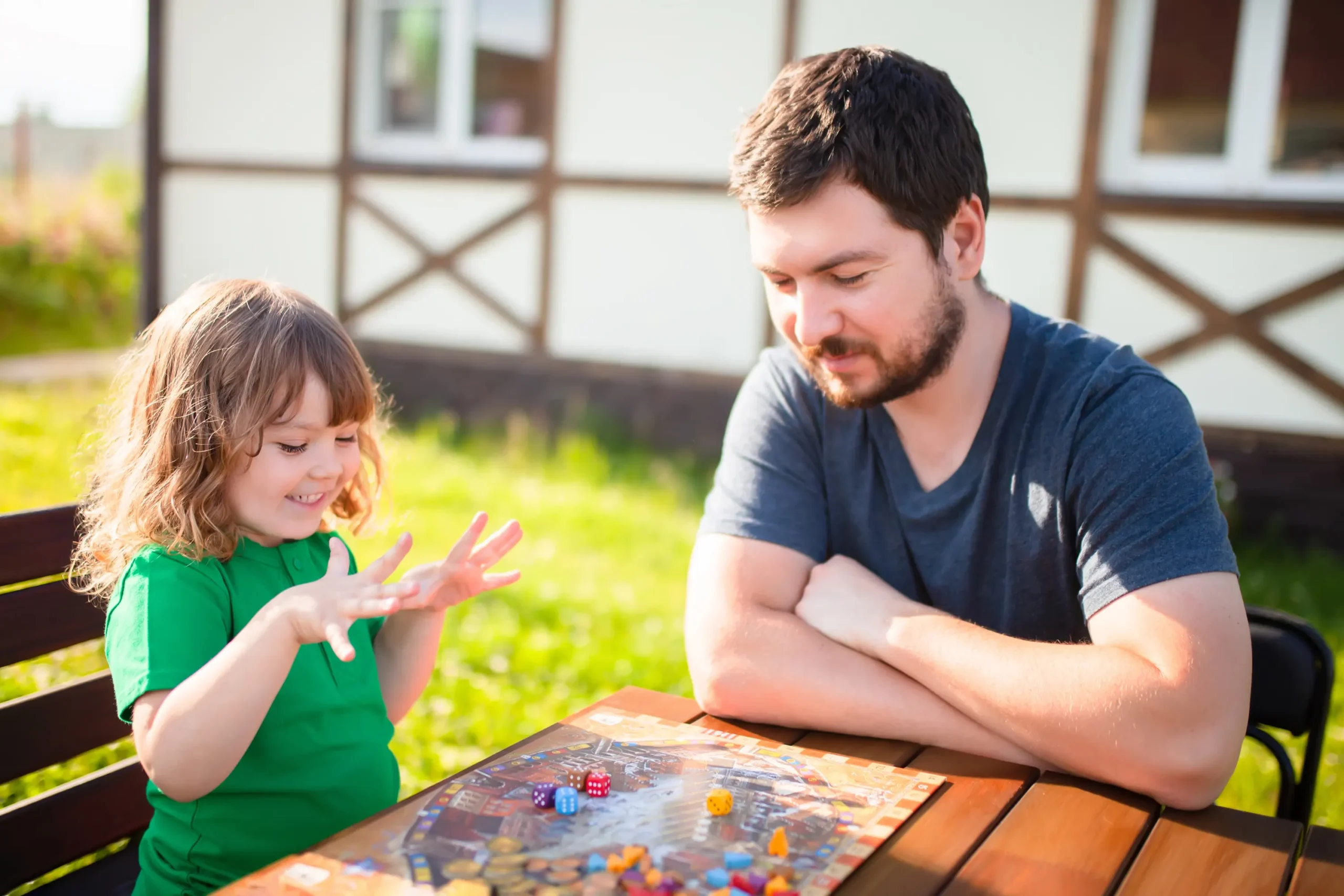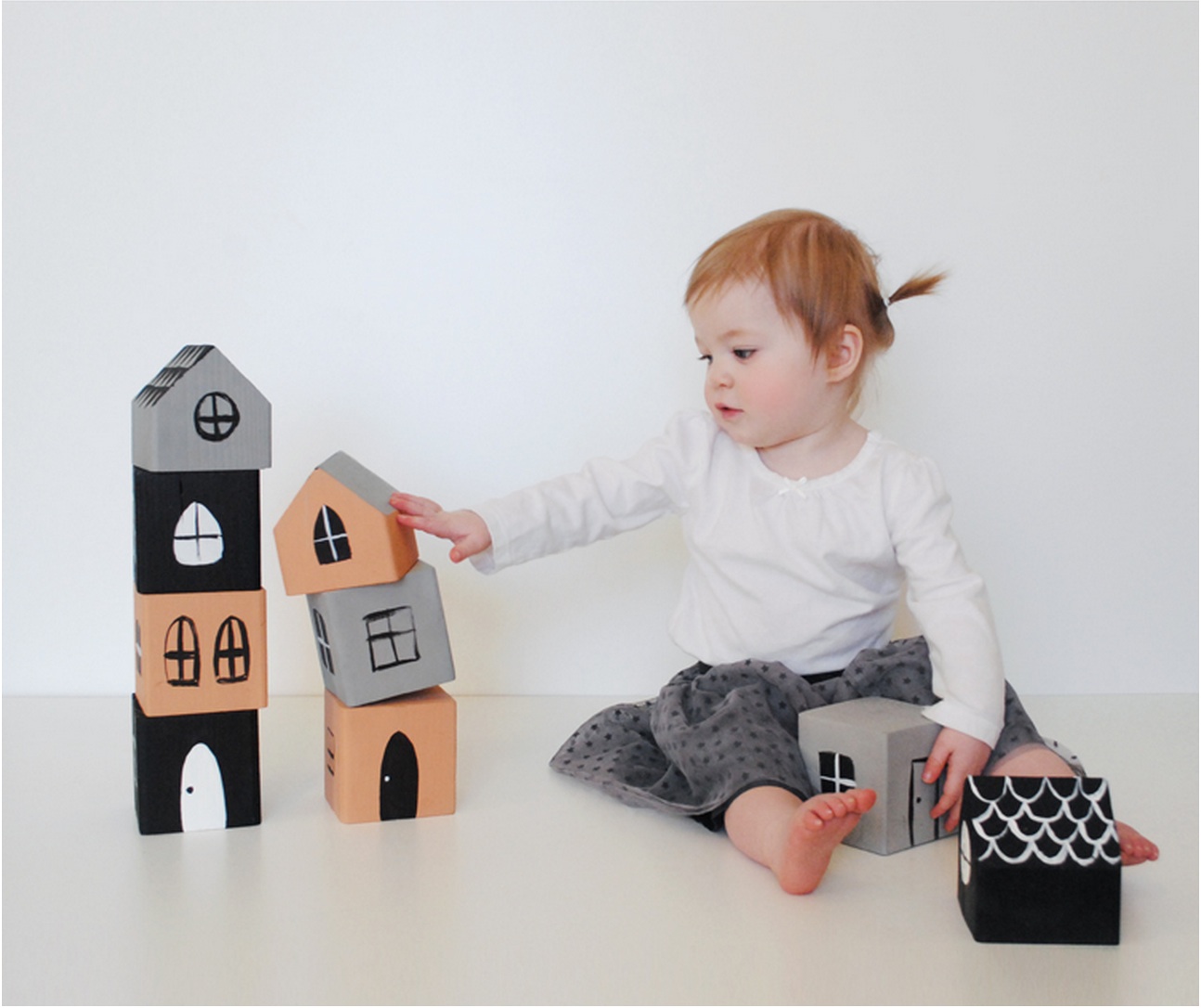
Raising Confident Kids: Striking the Balance Between Encouragement and Overprotection
Parenthood, a multifaceted odyssey brimming with moments of profound joy and complex challenges, serves as a crucible for sculpting the characters of our future generations. Within this intricate tapestry, there exists a perpetual quest: to nurture our children into confident, resilient individuals who can navigate life’s labyrinth with self-assuredness and adaptability. At the heart of this quest lies a compelling dichotomy—striking the harmonious balance between offering unwavering encouragement and shielding our precious ones from the harsh edges of the world.
This balance, akin to a delicate dance, forms the crux of effective parenting, shaping the very essence of our children’s identities. It beckons us to explore the subtleties and complexities inherent in fostering confidence, begging the question: How much support is enough, and when does protection inadvertently hinder growth? As we embark on this exploration, we unravel the layers of encouragement and overprotection, seeking to illuminate the pathways that lead to the cultivation of confident, capable, and resilient children, ready to embrace the world’s challenges with unwavering confidence.
The Power of Encouragement
Encouragement serves as the cornerstone of nurturing confident kids. It involves fostering a supportive environment where children feel valued, respected, and capable. Here’s how encouragement plays a pivotal role:
- Cultivating Independence – Encouraging children to make decisions, solve problems, and take on responsibilities gradually builds their self-reliance. Allowing them to explore and learn from their experiences fosters a sense of capability.
- Embracing Mistakes – Encouragement involves normalizing mistakes as part of the learning process. It’s crucial to create an environment where failure is seen as an opportunity for growth rather than a reason for shame.
- Recognizing Efforts – Acknowledging a child’s efforts rather than solely focusing on outcomes reinforces their intrinsic motivation. This encourages them to persist and take on new challenges.
The Pitfalls of Overprotection
While protection is a natural parental instinct, overdoing it can inadvertently hinder a child’s confidence and independence. Overprotection often manifests in the following ways:
- Shielding from Failure – Constantly shielding children from failures or discomfort can deprive them of valuable learning experiences. It can instill a fear of failure, hindering their willingness to take risks.
- Limiting Independence – Being excessively controlling or not allowing kids to make age-appropriate choices may lead to dependence rather than independence.
- Unrealistic Praise – Offering exaggerated or insincere praise can lead to a fixed mindset, where children seek validation from external sources rather than developing intrinsic motivation.
Striking Balance
Finding the equilibrium between encouragement and overprotection involves a mindful approach:
- Foster Open Communication – Encourage open conversations where children feel comfortable expressing their thoughts and emotions without fear of judgment. This creates a supportive environment where they can seek guidance.
- Allow Safe Risks – Provide opportunities for children to take calculated risks in a safe environment. This fosters resilience and problem-solving skills.
- Empower Decision-Making – Involve children in decision-making processes appropriate for their age. This instills a sense of ownership and responsibility.
In the intricate tapestry of parenthood, the threads of encouragement and cautious guardianship weave together to create a fabric that envelops our children, fostering their growth and resilience. It’s within this delicate weave that their confidence takes root, nurtured by the fertile soil of support and the sunlight of opportunity. As parents, our role is not just to guide but also to strike a balance that allows our children to grow wings while ensuring there’s a soft place to land when they need it.
By navigating this balance, we equip our children with more than just skills; we instill in them the belief in their own abilities. It’s in the moments where we step back, allowing them to navigate challenges, that their confidence blossoms. Equally, in the moments we step forward, offering guidance and protection, we fortify their spirits against life’s storms.
As we bid adieu to the task of nurturing confident children, we recognize that this delicate equilibrium is not just a destination but an ongoing journey. It’s a journey that evolves with each stage of our children’s growth, requiring us to adapt and refine our approach.
Ultimately, in nurturing confident kids, we don’t just prepare them for the world; we prepare the world for them—a world that they will enter with heads held high, hearts full of courage, and the resilience to thrive amidst the unpredictability that life presents. And in this intricate dance between encouragement and protection, we offer them not just a childhood but the foundation for a lifetime of confidence and success.




